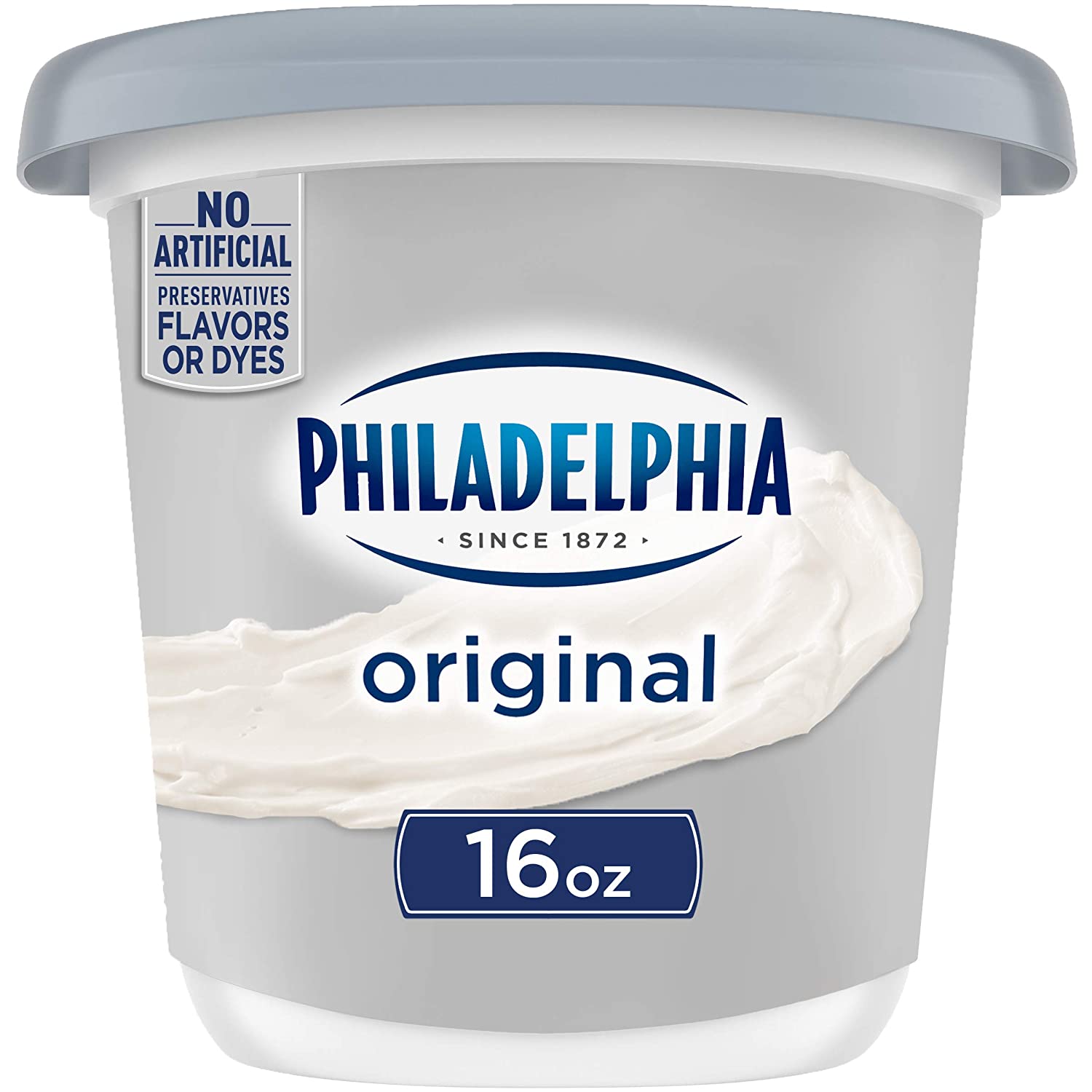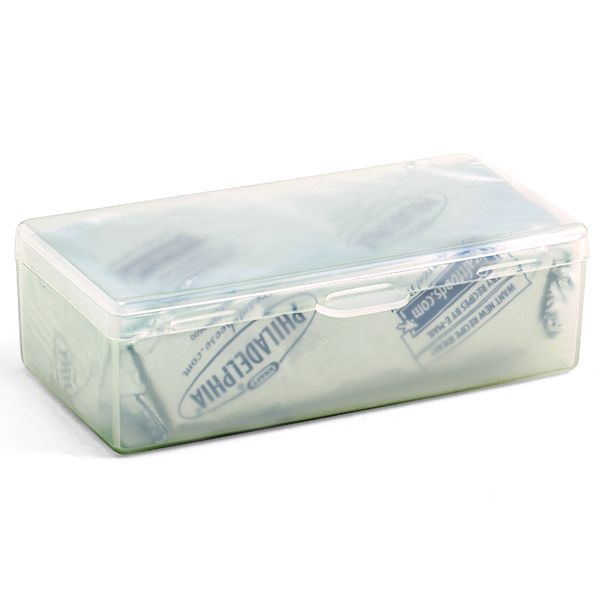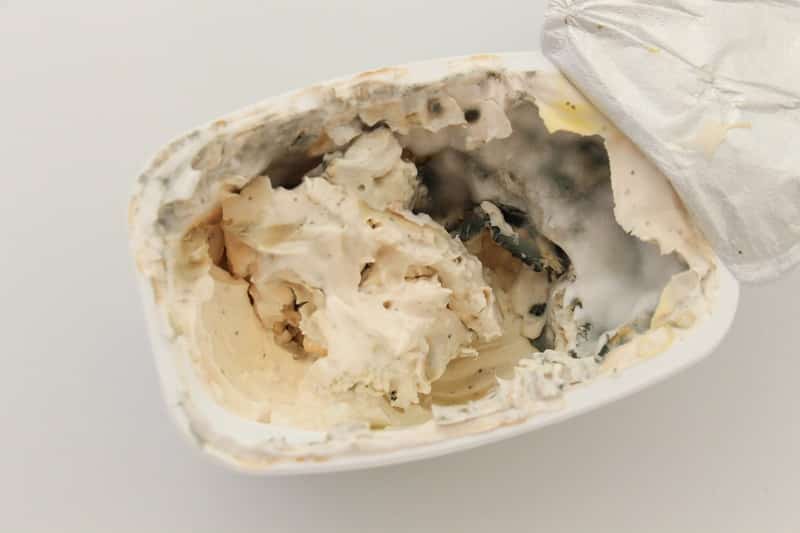Can I use expired cream cheese for cheesecake?
Jump To:
Cream cheese is a staple breakfast ingredient in many households as well as a common ingredient for baking. Even if you don’t use it every single day, there may be a cream cheese package in your fridge that you didn’t buy. Can cream cheese go bad? How can you tell if cream cheese is spoiled? Continue reading to learn more! Not just cream cheese! Find more on how to store food.
Cream cheese tastes best when it is stored correctly even after its expiry date lapses. It should be still creamy after a few weeks and can be kept in the fridge for up to three to four weeks. If it isn’t good, or it becomes crumbly, it’s best to throw it away. It should be thrown out if mold begins to grow. Therefore, you cannot use expired cream cheese for cheesecake unless you are sure that there are no signs of spoilage.
Shelf Life Of Cream Cheese – Can cream cheese go bad?

Cream cheese, like all dairy products, can go bad. Soft cheeses have moisture content, which can get them to spoil more quickly than their hard counterparts.
The shelf life of food is greatly affected by the processing methods used. Some cream cheese containers will keep the contents fresh for up to six months in the fridge. Some packaged cream cheeses will also last months on the shelf before being opened! It’s important to check and compare the packaging date and expiry date before you assume that your cream cheese is spoiled.
- Unopened cream cheese will keep for approximately two to three more weeks after the expiration date. This is assuming you keep it in the refrigerator.
- The cream cheese will not spoil right after it has been opened. Cream cheese can be kept in the fridge for up to a week after it is opened.
Cream cheese should be refrigerated unless it has been specifically processed to remain at room temperature. This will prevent the growth of harmful bacteria.
Storage Techniques And Tips For Cream Cheese – How to store cream cheese?

Keep cream cheese in the refrigerator just like other dairy products such as buttermilk and yogurt.
After you have opened the package, make sure it is well sealed after each use.
- You can make a seal by using aluminum foil wrap or plastic wrap, and a rubber band.
- Never double-dip, use clean cutlery to scoop the cheese. Although it is easier to use one butter knife for all things, it is not a good idea. Dairy products are especially vulnerable in this case and can spoil quickly.
For additional protection from microbial contamination, you can place the original package in a freezer bag if it isn’t sealable. Transfer the remaining contents to an airtight container and freeze it.
There are many opinions on freezing cream cheese. Some people say it freezes well while others recommend against it. It depends. It is certain that cream cheeses of all types will separate and become crumbly when frozen or thawed. It’s possible to mix it with a spoon or use a blender, but it won’t have the same texture.
It is important to remember that consistency changes don’t really matter in certain recipes. This means that frozen and thawed cheese can be used in recipes where it is stirred with other ingredients. However, it won’t taste as good when used in sandwich spreads.
The quality of the ingredients, their initial consistency, and their quality will all affect how the dairy product turns out after thawing.
Signs Of Spoilage For Cream Cheese – How can you tell if cream cheese is bad?

Changes in appearance, texture, or smell are the main indicators of spoiled cream cheese. Let’s talk about each one in greater detail. Here are some signs of spoilage for cream cheese.
- Bad cream cheese can usually be spotted by a quick visual inspection. If you see mold on cream cheese it is likely that it is bad and should be thrown out.
It’s usually okay to remove mold spots from hard cheeses but this is not true for softer cheeses such as cream cheese or cottage cheese. Cheese molds can easily penetrate soft cheese. It is not advisable to remove the mold from the surface of the cheese and eat the remainder.
- Older cream cheese can also dry out and become hard, waxy, and yellowish. It’s possible to eat cheese that has dried out in this way, but it is not recommended. You can remove the dried-out portion, as long as it looks and smells good.
- Cracks and separation are signs that cream cheese is spoiled. Cream cheese should look smooth and uniform. Cream cheese will become dry and cracky as it ages. The cream cheese will then separate.
- Cream cheese that has a watery appearance is likely to have begun to spoil.
- Another indicator of spoilage is the smell. Cream cheese should already smell tangy. If you notice a moldy or sour taste, it is best to throw out the product.